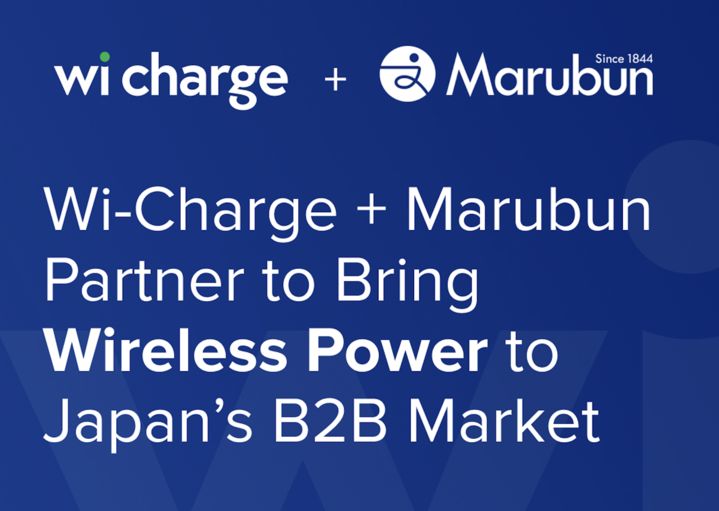THE SIMPLE BRILLIANCE OF THE TRACK LIGHT CHARGER
- ori2320
- Mar 18, 2023
- 3 min read
Of the various products that Wi-Charge won recognition and innovation awards for this past year, one that stands out on its own is the Track Light Charger (TLC). With the TLC, one can install a Wi-Charge R1 wireless transmitter in a matter of seconds, making the world of over-the-air wireless power more accessible than ever.

Wi-Charge has already made big strides in various industries with their wireless power solutions. From smart door locks to advertising displays, AirCord technology is replacing the need for smart devices to be plugged into outlets or deal with dying batteries.
How does the Track Light Charger affect all of this? Let’s take a look.
The world before TLC
The way AirCord technology works is simple. A transmitter is connected to a power source and begins sending a beam of infrared energy whenever it establishes an uninterrupted connection with a compatible receiver. The technology functions similar to another technology that we’re all familiar with: WiFi. Both technologies require a router or a transmitter that beams energy either for power or for communication purposes to devices with compatible receivers.
However, in order to transfer a significant amount of power to a device safely and efficiently, a wireless power transmitter needs a direct line of sight. This is easily achieved by installing the transmitter on the ceiling or high up on a wall. Ultra high speed wifi transmissions require a similar positioning to avoid interference of signal from walls and objects.
Before the release of the TLC, Wi-Charge transmitters were generally hardwired into the ceiling. While this is not a difficult process by any means, it does require some basic knowledge of electrical wiring and a ladder. A very intuitive path would be to embed wireless power transmitters in light fixtures.
The TLC advantage
The brilliance of the TLC is that now anyone can install a Wi-Charge transmitter simply by mounting it to a pre-existing track light. Say for instance you purchase the Alfred ML2 smart lock for your home. Not only can you easily install the lock yourself - as it removes any need for hardwiring or changing batteries - now you can simply mount the transmitter to the track light in your hallway and walla, you’re ready to go.
As more devices incorporate AirCord technology in their products - whether it’s wireless electric toothbrushes, game controllers, or wireless charging pads - consumers will be able to power their devices without any need for additional knowledge or skills. This is a big step in making wireless technology more accessible worldwide for ease of use and more sustainable powering methods.
This is also great news for commercial business owners, particularly for retailers and restaurateurs who want to boost their sales by using Wi-Spot wireless advertising displays. Whether you have a quick service restaurant or retail shop, chances are you already have or can easily take advantage of track light. In that case, you could easily install Wi-Spot displays and R1 transmitters anywhere in your store utilizing the TLC for streamlining the install process.
AirCord technology: The future of power
At Wi-Charge, we are committed to the future of safe, sustainable, and efficient wireless power. Our AirCord™ technology beams energy to devices from distances of 30 ft or more and can be applied to nearly any device. One R1 transmitter can save roughly 5,000 AA batteries, while providing 100x more power than a battery. Each transmitter also eliminates tons of e-waste and saves precious metals that are used in the making of wires, plugs, and batteries with short lifespans.
Whether you're a device manufacturer or business owner who can benefit from long-range wireless power, we'd love to hear from you. Please don't hesitate to contact us here.





The Track Light Charger (TLC) by Wi-Charge offers a simple yet Space Waves Game innovative solution to wireless power transmission.